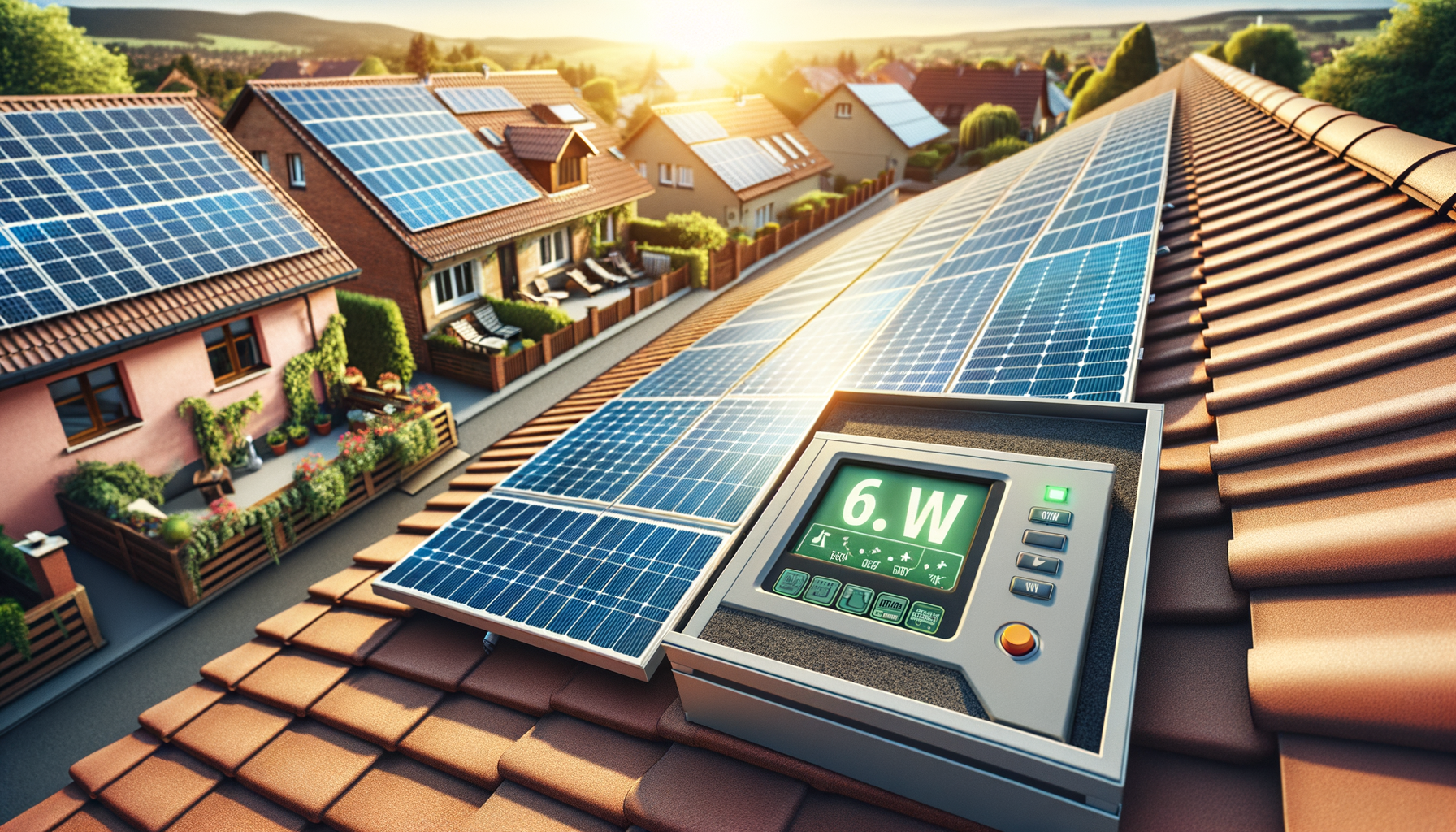How Much Energy Does a 6.6 kW Solar System Really Produce?

Updated 4 months ago
How Much Energy Does a 6.6 kW Solar System Really Produce?
Harnessing solar energy is a practical and eco-friendly way to generate electricity for your home. With many homeowners turning to renewable sources of energy, understanding the capabilities of your solar system is crucial. This comprehensive guide will dive into the energy production of a 6.6 kW solar array—one of the most common sizes for residential use.
Solar energy systems offer a wide array of benefits including reduced electricity bills, tax incentives, and a smaller carbon footprint. But just how effective is a 6.6 kW system, and how many kilowatt-hours (kWh) will it produce for your home?
Estimating Solar Energy Output
The actual power output of a solar panel system can be influenced by several factors, including:
- Geographical location: Solar insolation, or the amount of solar radiation received, varies by location.
- Panel orientation and tilt: Optimal angles allow for maximum sunlight exposure.
- Amount of sunlight: Seasonal changes and daily weather affect production.
- Panel efficiency: The efficiency of the actual solar panels you have installed.
- System losses: All systems have inherent efficiency losses due to wiring, inverters, and more.
Typically, a 6.6 kW solar system is expected to produce between 9,000 to 16,000 kWh annually, which averages to 24-44 kWh per day, given optimal conditions.
Factors Affecting Solar Performance
Understanding the factors that influence your solar system's output helps maximize your energy production.
Geographic Location
Areas closer to the equator receive more sunlight. For example, a system in Arizona will yield more energy compared to one in Maine due to longer and more intense sunlight hours.
Panel Orientation and Angle
Solar panels should be installed facing south in the Northern Hemisphere to receive the most sunlight. The angle should be equal to the latitude of your location for optimal year-round production.
Time of Year
Solar production peaks during the summer months due to longer days and higher sun angles. Production can plummet during winter months.
Panel Efficiency
Solar panel technologies have different efficiency ratings, ranging from about 15% to over 20% for commercially available panels.
Shading and System Maintenance
Shade from trees or other structures dramatically decreases output, as does dust or debris on the panels.
Real-World Production Estimates
While theoretical values provide a baseline, real-world conditions are often less than ideal.
Peak Sunshine Hours
In the solar industry, we often talk about 'peak sunshine hours,' which is the equivalent number of hours per day when the sunshine is at its peak intensity. On average, most U.S. locations receive about 4 to 5 peak sunshine hours per day.
Calculating Daily and Annual Production
Here's a simple formula to estimate power production:
Daily kWh Production = System Size (kW) x Average Peak Sun Hours x System Efficiency
A 6.6 kW system in an area with an average of 4.5 peak sun hours might produce approximately:
6.6 kW x 4.5 hours x 0.8 (system efficiency) = 23.76 kWh per day
That's roughly 8,671 kWh per year.
Reducing Inefficiencies
Keeping your system well-maintained and free from obstructions, such as tree branches, will avoid unnecessary production drops.
Embracing Renewable Energy
Solar is a significant investment that can offer tremendous benefits over the lifetime of the system. It's not only about reducing your carbon footprint but also about securing your energy future in an increasingly unstable energy market.

As we march towards a greener and more sustainable future, understanding the specifics of your solar panel system's output is an empowering step. Take control of your energy production, optimize your savings, and contribute positively to the environment.
Properly leveraging the power of a 6.6 kW solar system can lead to reduced electricity bills, energy independence, and a substantial return on investment. Whatever your motivation for going solar, rest assured that your decision is a smart move for both your wallet and the planet.
Whether you're still considering solar or you've already made the leap, it's crucial to understand the impact of your system’s size and the true power it holds. With the right knowledge and a well-designed system, you can ensure that your 6.6 kW solar array becomes an optimal source of renewable energy for years to come.




